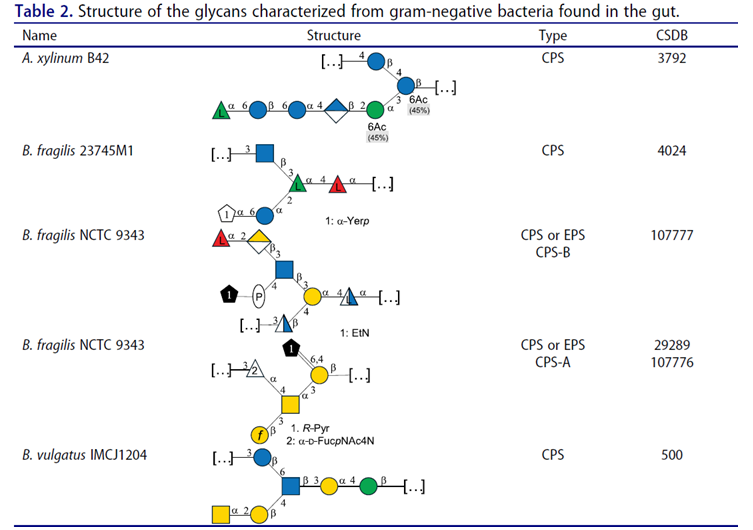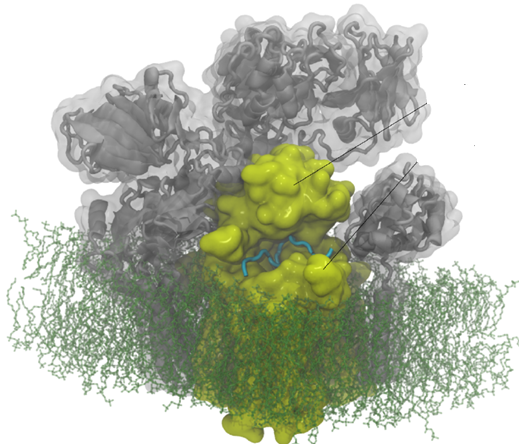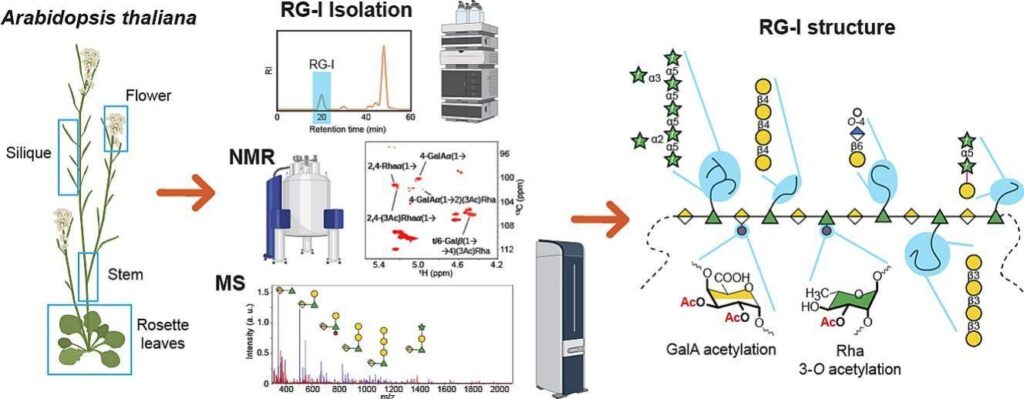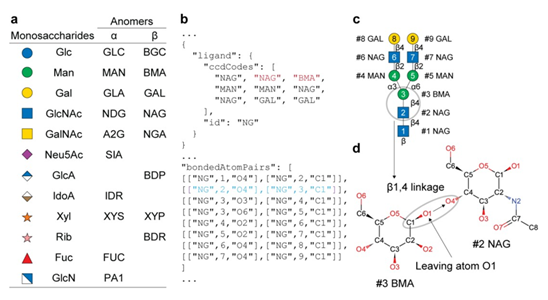Over more than a decade, studies in space biology have consistently revealed significant cell wall remodelling in various plants grown in space. This article presents a mass spectrometric approach to analyze the fundamental composition of xyloglucan, the predominant hemicellulose found in dicot cell walls, in plants cultivated in space. Utilizing four representative Arabidopsis root samples from the Advanced Plant EXperiment – 04 (APEX-04) spaceflight experiment, the authored have examined alterations in the abundance of xyloglucan oligosaccharides in space-grown plants compared to ground controls. Employing in situ localized enzymatic digestions and surface sampling mass spectrometry analysis, a spatial resolution is achieved we the detection of changes in xyloglucan oligosaccharide abundances.
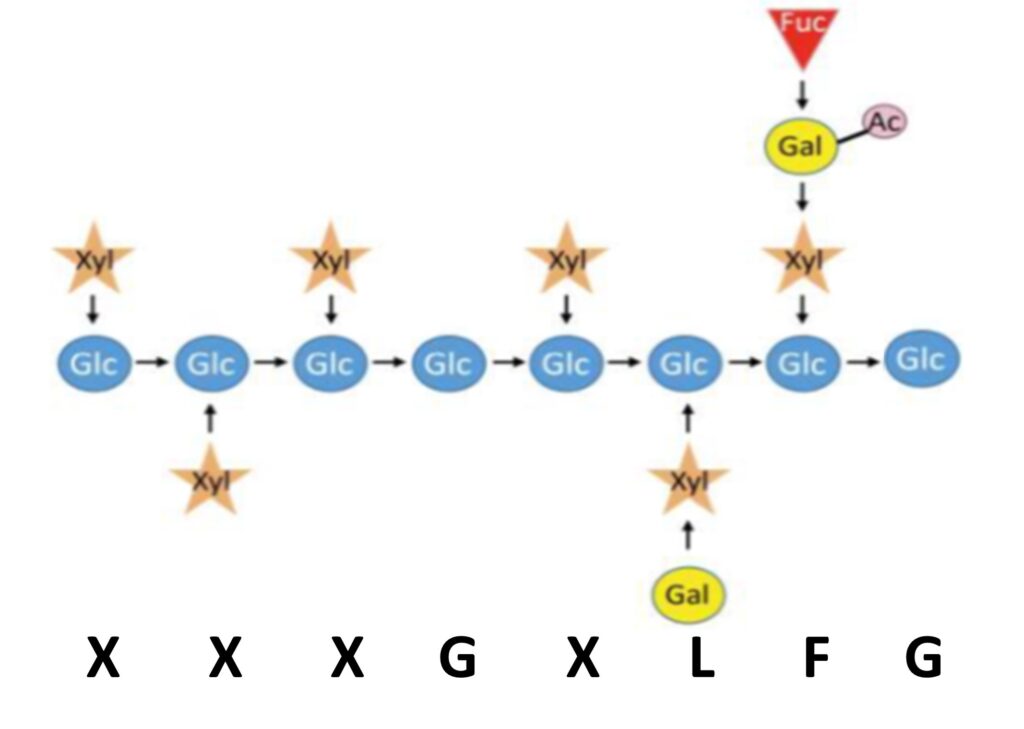
These findings revealed notable differences in the distribution of oligosaccharide patterns between spaceflight-grown plants and ground-control plants. Specifically, in lateral roots of spaceflight-grown plants, there was an increased abundance of oligosaccharide patterns XXLG/XLXG and XXFG, whereas in lateral roots of ground control plants, oligosaccharide patterns XXXG, XLFG, and XLFG/XLFG were more prevalent. Additionally, in primary roots, the abundance of XXFG was higher in ground controls compared to spaceflight-grown plants.
This analytical methodology sheds light on two key findings. Firstly, it demonstrates differences in the composition of xyloglucan oligosaccharides between spaceflight-grown and ground-control root cell walls. Secondly, it highlights that these differences are primarily observed in the lateral roots. Thus, the methodology described in this study offers valuable insights into cell wall modifications induced by spaceflight conditions, providing a foundation for future investigations in this field.

